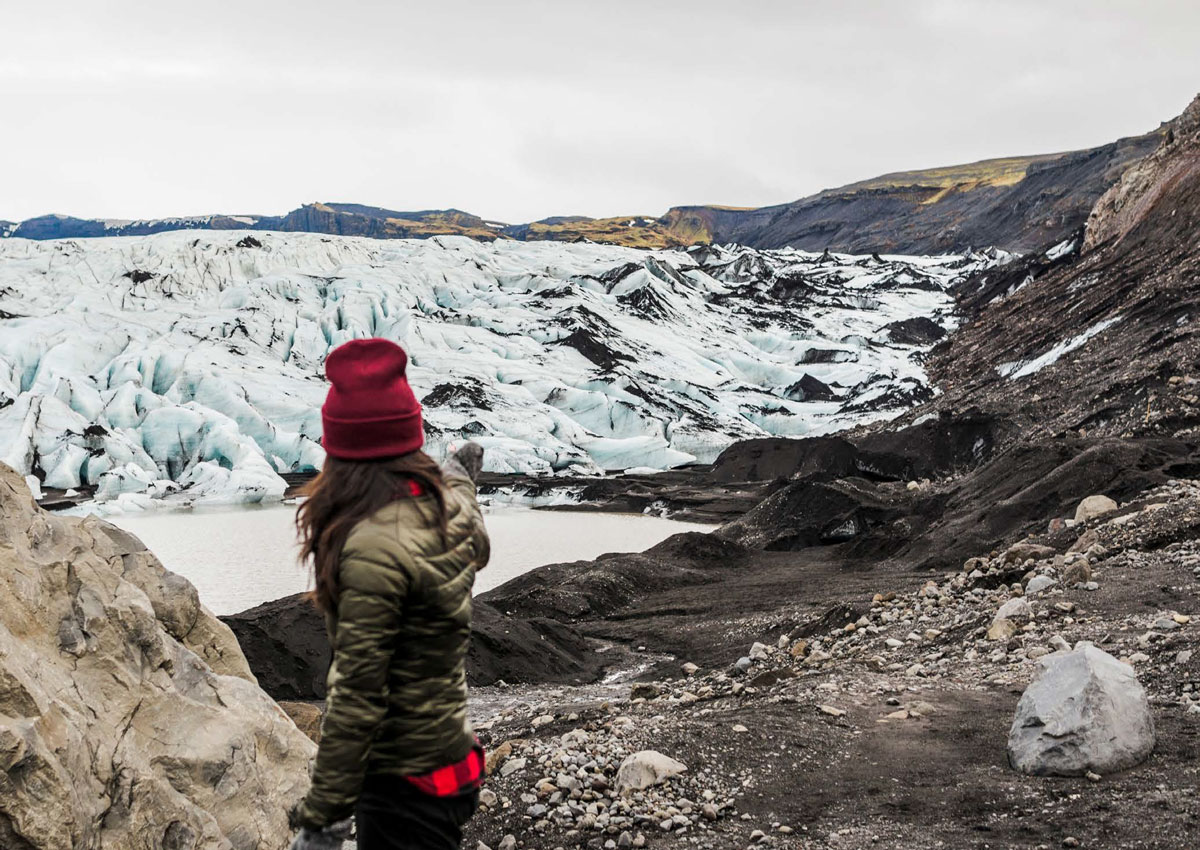Telenor publishes its first climate transition plan
Climate Transition Plan

With climate change looming as one of the most prominent risks facing mankind, Telenor takes its share of the responsibility to mitigate climate change by following a climate transition plan.
- Launching this plan isn’t just a small step - it’s a big responsibility. What we do in Telenor has ripple effects that reaches various industries, communities, and contributes to the shaping of a better future. Our Climate Transition Plan maps out how we’ll reach these goals, deal with climate risks, and make sure our efforts count, says CEO Sigve Brekke.
Telenor is doing this by working towards significant milestones:
By 2030, reduce scope 1&2 greenhouse gas emissions by 64 percent across our operations both in Nordic and Asia, from a 2019 baseline.
By 2025, ensure that 66 percent of our spend is with suppliers that have set their own science-based climate targets. Likewise, actively engage with the companies in which Telenor holds minority positions in Thailand and Malaysia to set their own science-based targets.
By 2045, reduce scope 1, 2 and 3 emissions by 90 percent, and remove residual emissions by way of permanent storage.
The first three goals are validated by the Science Based Target initiative (SBTi). The last target, our net-zero target, is currently being validated by SBTi.
In order to show not only what we intend to do, but also how we intend to do it, Telenor has created a climate transition plan. The plan lays out the principles and plans by which we will meet our climate targets. This is important to inform our stakeholders and to provide predictivity to the pace and methods in our decarbonisation journey.
One major stakeholder group is our suppliers. By being transparent on the actual decarbonisation levers we will employ, our suppliers know years in advance that they also are expected to reduce their emissions to net-zero.
The road to net-zero: Renewable energy and supply chain reductions
The main pathways to our journey to net-zero emissions, is firstly to phase in close to 100% renewable energy, as the energy source powering our networks and operations, and secondly to ensure that our suppliers also reduce their emissions to net-zero.
Although there are obstacles to the rollout of renewable energy in Asia, we have already made significant progress in the Nordics. Three out of four business units have secured access to renewable energy by way of long-term Power Purchase Agreements (PPAs). This is energy coming from new renewable energy plants (wind power in Sweden, Finland and solar energy in Denmark).
These PPAs will supply the majority of power to our operations in Norway, Finland and Denmark. Telenor has a clear preference for PPAs, as this instrument can lead to construction of new plants for renewable energy generation.